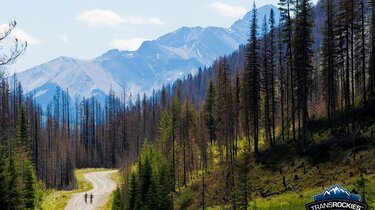We asked: Tubeless tyres – yes or no?
|Know-How
Alexander Steurer, tubeless rider right from the get-go, answers all the important questions surrounding the hotly debated topic of tubeless tyres. Find out more!












